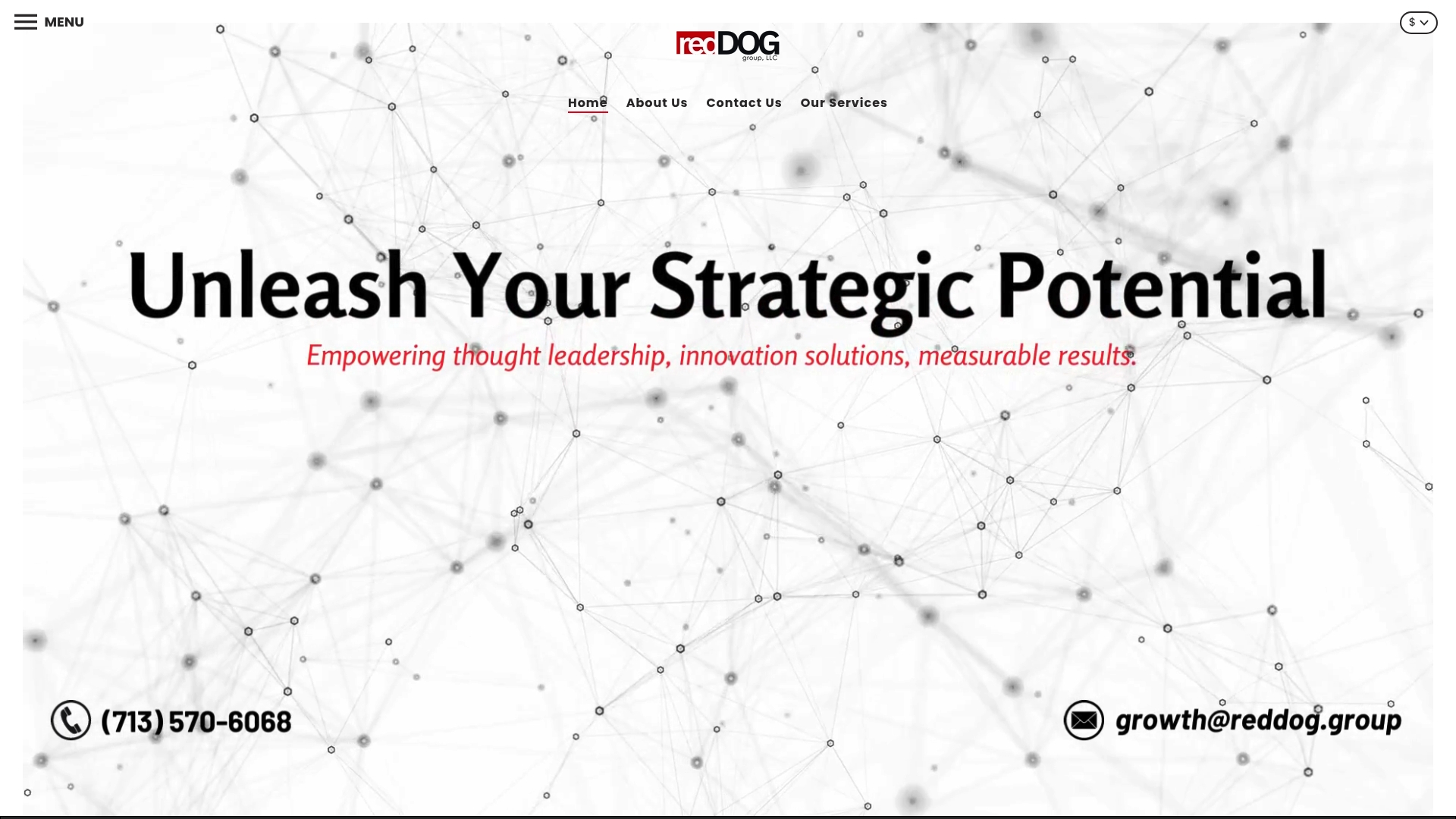
Role of Digital Transformation: Complete Guide for Retailers
Posted on
Over 90 percent of shoppers now begin their search for products online, driving a rapid shift in how retailers connect with customers. As every part of the shopping experience moves toward digital, businesses face new challenges and exciting opportunities. Understanding digital transformation can help retailers improve customer engagement, operate more efficiently, and grow in a market where technology shapes every step.
Table of Contents
- Defining Digital Transformation in Retail
- Key Types And Digital Channels Explained
- How Digital Transformation Accelerates Growth
- Omnichannel Integration And Marketplace Success
- Risks, Barriers, And Mistakes To Avoid
Key Takeaways
| Point | Details |
|---|---|
| Importance of Digital Transformation | Digital transformation is essential for retailers to enhance customer engagement and operational efficiency. It involves integrating technology into the core of business strategies. |
Defining Digital Transformation in Retail
Digital transformation in retail is more than just adding technology to existing processes - it represents a fundamental reimagining of how retailers operate, engage customers, and drive growth. According to ijarsct, digital transformation involves the strategic incorporation of digital technologies and data-driven strategies to revolutionize traditional retail operations and enhance the customer experience.
At its core, digital transformation represents a comprehensive shift from traditional brick-and-mortar retail models to integrated, technology-powered ecosystems. As noted by APU, this transformation involves evolving the retail landscape as new technologies emerge, fundamentally changing how businesses interact with customers.
Key aspects of digital transformation in retail include:
- Implementing advanced data analytics for personalized customer insights
- Creating seamless omnichannel shopping experiences

- Leveraging artificial intelligence for inventory management
- Developing mobile and web platforms that provide intuitive user experiences
- Utilizing cloud technologies for scalable infrastructure
For retailers ready to thrive in the digital age, understanding and embracing this transformation isn’t just an option - it’s a strategic imperative. Learn more about how digital marketing supports this transformation.
Key Types and Digital Channels Explained
According to ijarsct, retailers are increasingly leveraging multiple digital channels to transform their business models and enhance customer engagement. These digital channels represent strategic pathways that enable businesses to connect with customers, optimize operations, and create more personalized shopping experiences.
Digital channels have evolved from being a simple alternative to becoming a critical component of retail strategy. As noted by APU, what started as an optional approach is now an essential ecosystem for modern retail businesses.
Key digital channels and types of digital transformation include:

Here’s a summary of key digital channels and their primary benefits:
| Digital Channel | Main Benefit |
|---|---|
| E-commerce Platforms | Direct online sales |
| Mobile Applications | Personalized shopping |
| Social Media Commerce | Selling via social platforms |
| Marketplace Integration | Broader market reach |
| Augmented Reality Shopping | Virtual product visualization |
- E-commerce Platforms: Online stores enabling direct sales
- Mobile Applications: Providing personalized shopping experiences
- Social Media Commerce: Selling directly through social platforms
- Marketplace Integration: Selling across multiple online marketplaces
- Augmented Reality Shopping: Virtual try-on and product visualization
Successful digital transformation requires retailers to not just adopt these channels, but to integrate them seamlessly, creating a unified and responsive customer experience. Learn more about digital marketing strategies that can support these digital transformation efforts.
How Digital Transformation Accelerates Growth
According to ijarsct, digital transformation enables retailers to optimize business processes, enhance customer experiences, and build more agile, growth-oriented business models. This strategic approach goes beyond merely implementing new technologies - it represents a fundamental reimagining of how businesses create value and compete in an increasingly digital marketplace.
Business growth in the digital age requires more than traditional strategies. As noted by APU, understanding how retail management is shifting is crucial as physical stores continue to make way for more online interactions, driving unprecedented growth opportunities.
Key ways digital transformation accelerates growth include:
- Expanding market reach through online and omnichannel platforms
- Reducing operational costs through automated processes
- Creating personalized customer experiences that drive loyalty
- Enabling real-time data analytics for strategic decision-making
- Increasing operational efficiency and scalability
For retailers looking to stay competitive, embracing digital transformation is no longer optional. Learn more about effective growth strategies that can help businesses navigate this digital evolution and unlock new potential.
Omnichannel Integration and Marketplace Success
According to ijarsct, retailers are increasingly recognizing the critical importance of offering a seamless shopping experience across various channels, including physical stores, websites, mobile apps, and social media. This integrated approach allows businesses to create a unified customer journey that transcends traditional sales boundaries.
Marketplace success now demands a holistic strategy that breaks down the old barriers between different sales channels. As noted by APU, the days of competing between brick-and-mortar stores and online ecommerce are over. Modern retailers must focus on creating interconnected, fluid shopping experiences that meet customers wherever they are.
Key strategies for successful omnichannel integration include:
- Implementing consistent branding across all platforms
- Developing synchronized inventory management systems
- Creating seamless customer data tracking
- Offering unified customer support channels
- Enabling cross-platform purchase and return capabilities
Learn how to start building your omnichannel sales strategy to ensure your business remains competitive in the rapidly evolving retail landscape.
Risks, Barriers, and Mistakes to Avoid
According to ijarsct, digital transformation presents significant challenges, particularly around the heterogeneity of devices and the critical importance of maintaining a secure data-sharing environment that rigorously protects customer privacy. These complexities can quickly derail even the most well-intentioned digital transformation efforts if not carefully managed.
Digital transformation risks extend far beyond technological implementation. As noted by APU, retailers must navigate intricate challenges such as effectively integrating new technologies, intelligently sifting through massive amounts of data, and consistently creating richer customer experiences without compromising operational efficiency.
Common risks and mistakes retailers should avoid include:
- Implementing technology without a clear strategic vision
- Neglecting employee training and change management
- Failing to prioritize data security and customer privacy
- Overlooking the importance of a seamless user experience
- Underestimating the complexity of system integration
- Ignoring continuous performance monitoring and adaptation
By understanding and proactively addressing these potential pitfalls, retailers can significantly improve their chances of successful digital transformation. Explore strategies to build a robust digital presence that minimizes risks and maximizes growth potential.
Unlock Your Retail Potential with Expert Digital Transformation Support
If you are facing challenges integrating omnichannel strategies and leveraging digital tools for growth, you are not alone. Many retailers struggle with blending e-commerce platforms, marketplace integration, and personalized experiences while maintaining operational efficiency and data security. This guide highlights the critical need for a clear strategy, seamless channel integration, and smart technology use to accelerate growth without pitfalls.
At Reddog Group, we specialize in turning these challenges into opportunities. With hands-on experience managing over 50 brands and 30,000 SKUs, we provide tailored solutions in marketplace management, Amazon FBA, DTC channels, and omnichannel mastery that directly address the risks and barriers discussed in the article. Our focus on strategic marketing campaigns, product listing optimization, and inventory management ensures your brand does not just adapt but thrives in the digital retail landscape.
Experience measurable growth and a unified shopping experience by partnering with experts who understand your unique needs.
Explore how Reddog Group’s results-driven approach can help you master digital transformation and expand your market reach now.
Discover our proven strategies for growth at Reddog Group.

Ready to overcome transformation challenges and drive real business results Connect with us today at Reddog Group and start building an omnichannel strategy that delivers lasting success.
Learn more about leveraging digital marketing and marketplace strategies in perfect sync with your goals at Reddog Group.
Frequently Asked Questions
What is digital transformation in retail?
Digital transformation in retail is the strategic incorporation of digital technologies and data-driven strategies to revolutionize traditional retail operations, enhance customer experiences, and create a comprehensive shift to technology-powered ecosystems.
What are the key benefits of digital transformation for retailers?
Key benefits include increased market reach through online and omnichannel platforms, reduced operational costs via automation, personalized customer experiences that drive loyalty, and enhanced real-time data analytics for data-driven decision-making.
How does omnichannel integration benefit retail businesses?
Omnichannel integration allows retailers to offer seamless shopping experiences across various platforms, creating a unified customer journey. Key strategies include consistent branding, synchronized inventory management, and unified customer support, which enhance customer satisfaction and loyalty.
What common risks should retailers avoid during digital transformation?
Common risks include implementing technology without a clear strategic vision, neglecting employee training, failing to prioritize data security, overlooking user experience, and underestimating system integration complexities. Addressing these issues is essential for successful digital transformation.
Leave a comment: